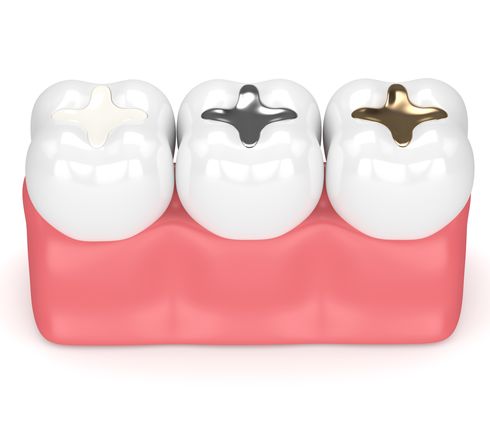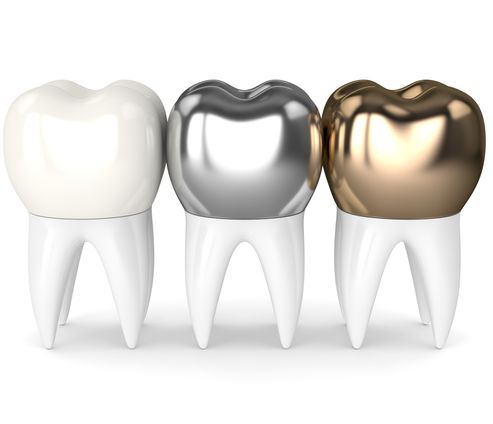Help maintain your child’s dental health
There are a few types of restorative procedures used to improve the shape or strength of a tooth like fillings or crowns.

Traditional dental restoratives, or fillings, may include gold, porcelain, or composite. Newer dental fillings include ceramic and plastic compounds that mimic the appearance of natural teeth. These compounds, often called composite resins, are typically used on the front teeth where a natural appearance is important. There are two different kinds of fillings: direct and indirect. Direct fillings are fillings placed directly into a prepared cavity in a single visit. Indirect fillings include inlays or veneers fabricated with ceramics or composites and generally require two or more visits.

Crowns are a restorative procedure used to improve the shape or strength of a tooth. A crown is a “cap” cemented onto an existing tooth that usually covers the portion of the tooth above the gum line. In effect, the crown becomes the tooth’s new outer surface. Crowns can be made of porcelain, metal or both. Porcelain crowns are preferred because they mimic the translucency of natural teeth and are very strong.
Crowns or onlays (partial crowns) are most often used for teeth that are broken, worn, or have portions destroyed by tooth decay when there is insufficient tooth strength remaining to hold a filling. Unlike fillings, which involve applying restorative material directly into the mouth, a crown is made in a lab based on your child’s unique tooth impression. The dental lab technician examines all aspects of your child’s bite and jaw movements and then sculpts the crown precisely for your child so that his or her bite and jaw movements function normally once the crown is in place.
We truly care about your child’s health and happiness. Reach out to get your child’s appointment scheduled. We can’t wait to see you.